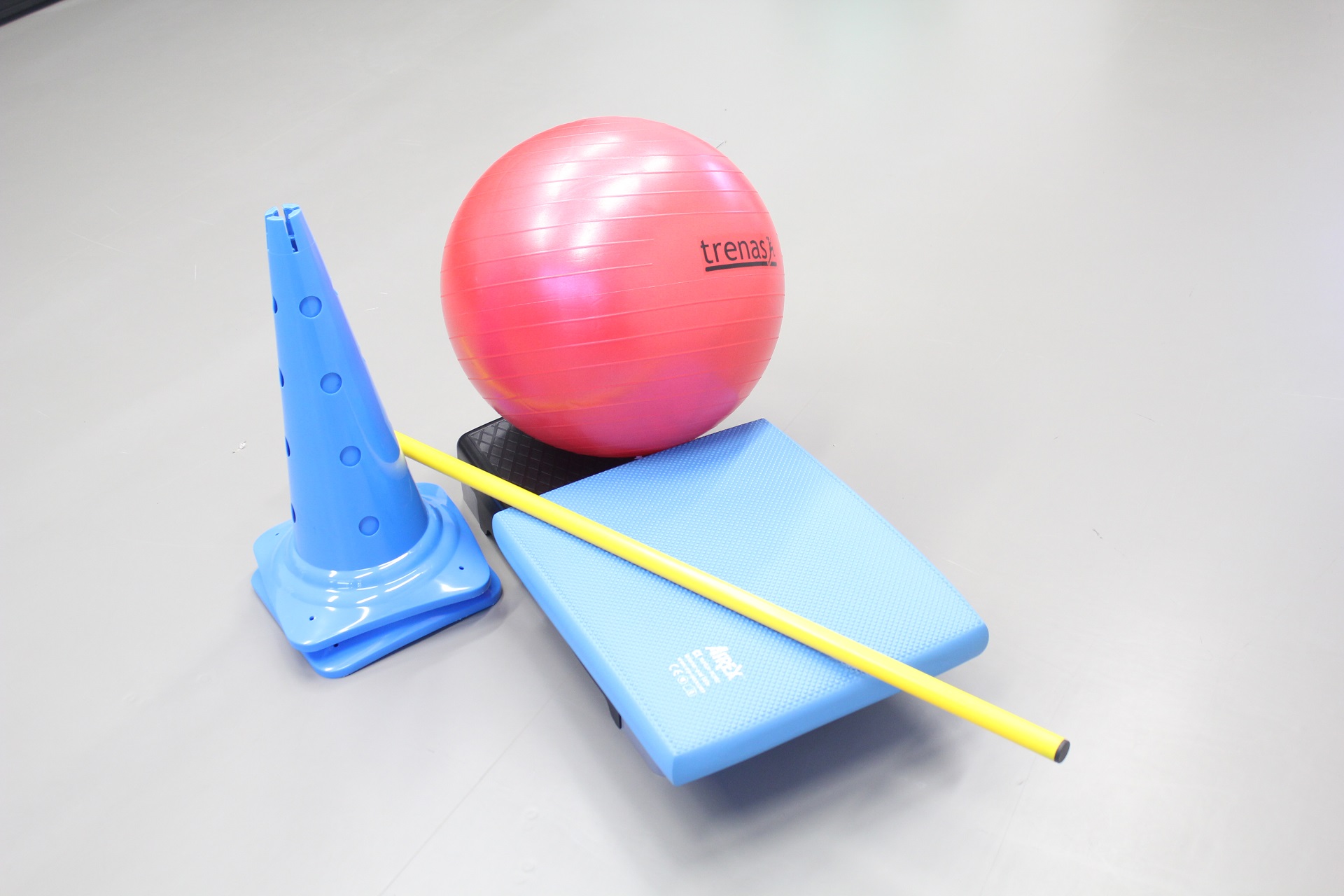
- This event has passed.
Movement Challenge
27. September, 2024,08:00 - 16:00

Basic information on human capabilities, their meaning and testing.
Testing in movement challenges:
a) Strength endurance challenge
b) Balance challenge
c) Hand-eye coordination challenge
Disclaimer
Photography and filming are taking place at all oooScience! Project events. If you enter the event’s (virtual) area, you may be filmed and have your picture taken. By entering this area, you are giving consent to the organisers and the European Commission to film, photograph, and make sound recordings of you and to use such recordings and images at their discretion. You hereby release the organisers and the European Commission from any liability concerning the above. If you disagree with the above, please inform the organisers at ern@um.si. Be sure to attach a high-quality scan of the photo from your ID to the e-mail so that the organiser can exclude you from all records and photos, including oooScience! Event’s location and the date on which you participated in the event. The authorised person for data protection at the University of Maribor is Assistant Professor Ph. D. Miha Dvojmoč. (dpo@um.si).
